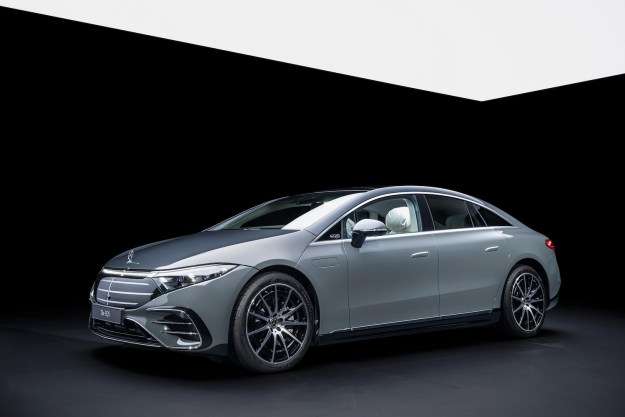Fiat has unveiled the latest car destined for our fair shores, and it’s another 500 … but this time its extreme! In all seriousness, the new Fiat 500X will slog into battle in the increasingly competitive small crossover market, as an option for those who want European style and class on a budget.
While the 500X will offer a range of advanced features and capabilities its real competitive advantage will be in styling and personality. The 500X carries on many of the same styling cues as its 500 and 500L siblings. Yet, where those cars have a slightly cutesy cartoonish look, the 500X balances iconic retro styling with a more aggressive modern look thanks to a swept back profile and big wheels and tires. The styling isn’t for everyone, but I think it accomplishes its balance much more successfully than the similar offerings from MINI.
Underneath the attractive Italian styling, the 500X is based on the same Fiat small car architecture as the new Jeep Renegade and the Ram ProMaster City. Engines and powertains will also be familiar to anyone who has followed Fiat Chrysler recently. The base engine will be Fiat’s 1.4-liter MultiAir turbo, producing 164 horsepower and 180 pound-feet of torque. To the joy of Europeans and automotive journalists everywhere, this engine will be mated to a six-speed manual gearbox.

Customers looking for a bit more power can opt for an engine named for a vicious animal, the 2.4-liter four-cylinder Tigershark. This bigger engine is good for 180 hp and 174 torques, and will be mated exclusively to a buttery smooth nine-speed automatic. However, despite the increased horsepower, our experience suggests that the rev-happy, and torque-y 1.4 MultiAir is the enthusiasts engine of choice.
Both engines should offer impressive fuel economy, thanks both to their small thirsts, and a number of other innovations borrowed from the company parts bin. All-wheel drive 500X’s will get the same disconnecting rear axle as the Jeep Cherokee. This innovation improves fuel economy by detaching the rear axle from the car’s transfer case when no power is being sent to the back wheels. Detaching the axle dramatically reduces friction, if you weren’t aware.
When traction is the goal, customers can opt for the off-road geared Trekking model, that features more aggressive tires and a number of primarily cosmetic changes. Normally, I don’t go in for these sorts of appearance packages, but it is hard to deny that the result looks good.
From the information released by Chrysler Fiat, the crown jewel of the car will be the interior, which offers the same cool design features as the 500X’s smaller cousins, but with more room and what appear to be higher quality materials. The looks are complemented by the now-familiar suite of Uconnect tech features.
In total, the Fiat 500X may or may not be an amazing technical machine – we will need to drive it to know – but it does promise to carve a niche for itself in the crossover market, where looks and image frequently seem to come first. And if those are the criteria that we measure the Fiat 500X on, it already looks like a winner.


